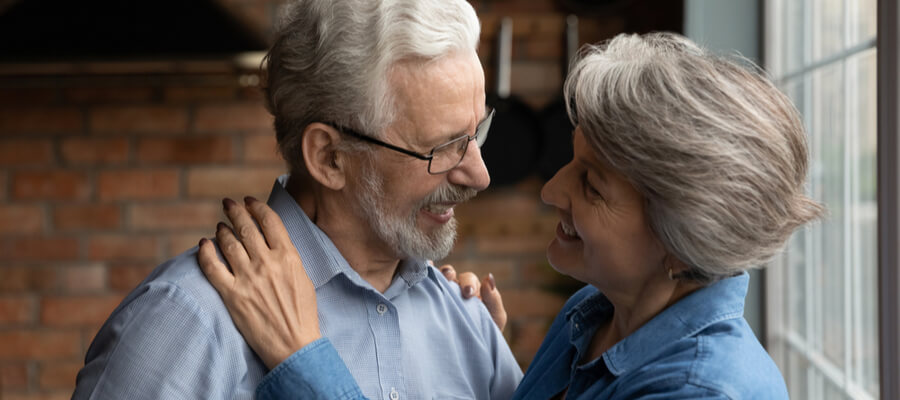By Joyce Wayne
“Even if I could have done, when I was young, what I am doing now–I wouldn’t have dared.”
Henri Matisse
Geriatric psychiatrist Marc Agronin begins his latest book The End of Old Age: Living a Longer More Purposeful Life with an epigraph by the painter Henri Matisse. This one-sentence epigraph essentially describes the purpose of his book: how to appreciate and make the most of growing older.
Dr. Agronin writes: “Aging brings strength,” which for most of us is the very opposite of how we regard getting older.” As long as I can recall, aging meant decline; it meant limiting the experiences of our aging selves and perpetuating an ageist culture. In his daring book, Agronin suggests strategies to consider aging as a positive, purposeful time in life. “We must learn how to age in a creative manner that is both the antidote to feeling old and the elixir of aging well.”
Old is the problem and aging is the solution
According to Agronin, old is the problem, and aging is the solution. For most of his career, Agronin has worked in the epicentre of aging in South Florida. “I have seen the best and the worst of old age: moneyed and destitute, vibrant and withdrawn, sturdy and decrepit,” he explains. “My average patients are now in their mid-to-late eighties and early nineties. Despite lots of daunting medical and psychiatric issues, they are less concerned about living a long life and more focused on living a life full of purpose and meaning,” he writes.
Rather than simply concentrating on making our brain and body younger as we age, we might choose to look at getting older in an entirely different way, the doctor suggests. “Scratch the veneer of the typical ‘old person’ that we perceive only through our limited goggles and a bursting, blooming culture appears of people engaged in important artistic activity, business transactions, community events, intergenerational relationships, and spiritual endeavours that are rich, varied, life-sustaining and sometimes jaw-dropping in their intensity and influence.”
Example of how to live a more purposeful life while aging
My Toronto friends Barbara and Sol Blaser are the best examples I know of how to successfully maintain a jaw-dropping intensity as they age. I met them ten years ago when I joined a summer camp, a place where families purchased or rented cottages for the summer months. At the camp, we often dined together, swam, walked the expansive property; however, we also held Sunday outdoor breakfast get-togethers where speakers talked about current issues. The women organized regular book club meetings, and during the winter, we met in Toronto to support different social causes we believed were important.
For the first time, I was engaging and working with people who, in some cases, were old enough to be my elders. I discovered in Barbara and Sol an engaged couple, brimming with good ideas based on the wisdom of years of experience and thoughtful activities.
From the first moment I met Barbara and Sol, we became friends, and over the years, we’ve made sure to keep in touch and stay abreast of local and international events. In his early nineties, and although in failing health, he’s up on the latest news, be it the truckers’ convoy in Ottawa or the Russian invasion of Ukraine. Barbara sits on various charitable boards. Her attitude and Sol’s reflect what Dr. Agronin writes about in his book: rather than fighting their age with supposed anti-aging strategies, they see aging as the solution, not the problem. Both Sol and Barbara not only cope successfully with aging, but they create preferential ways of living that accommodate their age.
Barbara and Sol are not wealthy. They are not able to winter down south or afford expensive toys and pastimes, but what they do have is a wonderful marriage based on love, respect and loyalty. Together, on their salaries, they raised four children and managed a busy household. Sol worked in a garment factory for his entire career, and Barbara was a treasurer and bookkeeper until a few years ago. At the same time as he worked, Sol took art classes, and whenever we sit at their dining room table, I’m impressed by the beauty of his original paintings. Barbara creates gorgeous quilts and is a gourmet cook. When I’m in doubt about how to proceed with my own life or how to advise my daughter, Barbara is my first go-to person. Her advice has helped me get through more than a few delicate situations as she brings her hard-won wisdom and experience to the table whenever we talk.
I only dream that I can be as active and aware as Barbara and Sol when I reach my eighties. Like Dr. Agronin, I’m looking for a new paradigm of aging and an action plan that identifies and engages the myriad pieces of my aging self that can dispel negative stereotypes of being “old.” Aging need not define us nor serve as only a limiting, negative factor, but could become a robust, life-changing silver lining that enables us to elevate, celebrate, and transcend being old in ways that have profound influences on our personal world and the greater world around us.
Most of us are emerging from two long years of isolation. It’s only in March that the COVID regulations regarding travel or frequenting restaurants, concerts or theatre are lifting. Next week my husband and I are hosting friends for dinner, the first time this year. As we face new concerns about protecting and sustaining our health, let’s remember that there is much we can do to enjoy vibrant and meaningful lives, no matter how daunting the conditions.
 |































